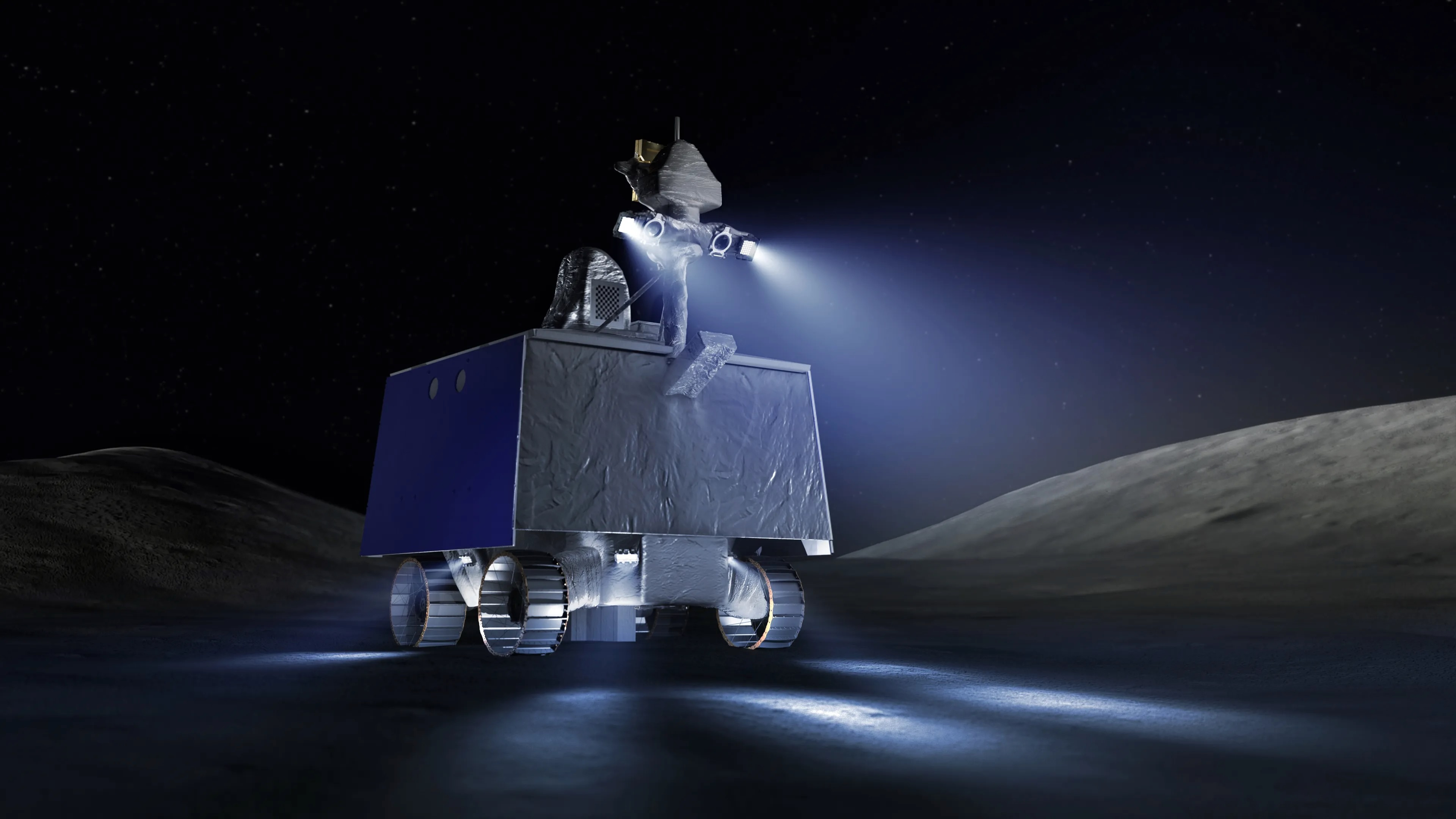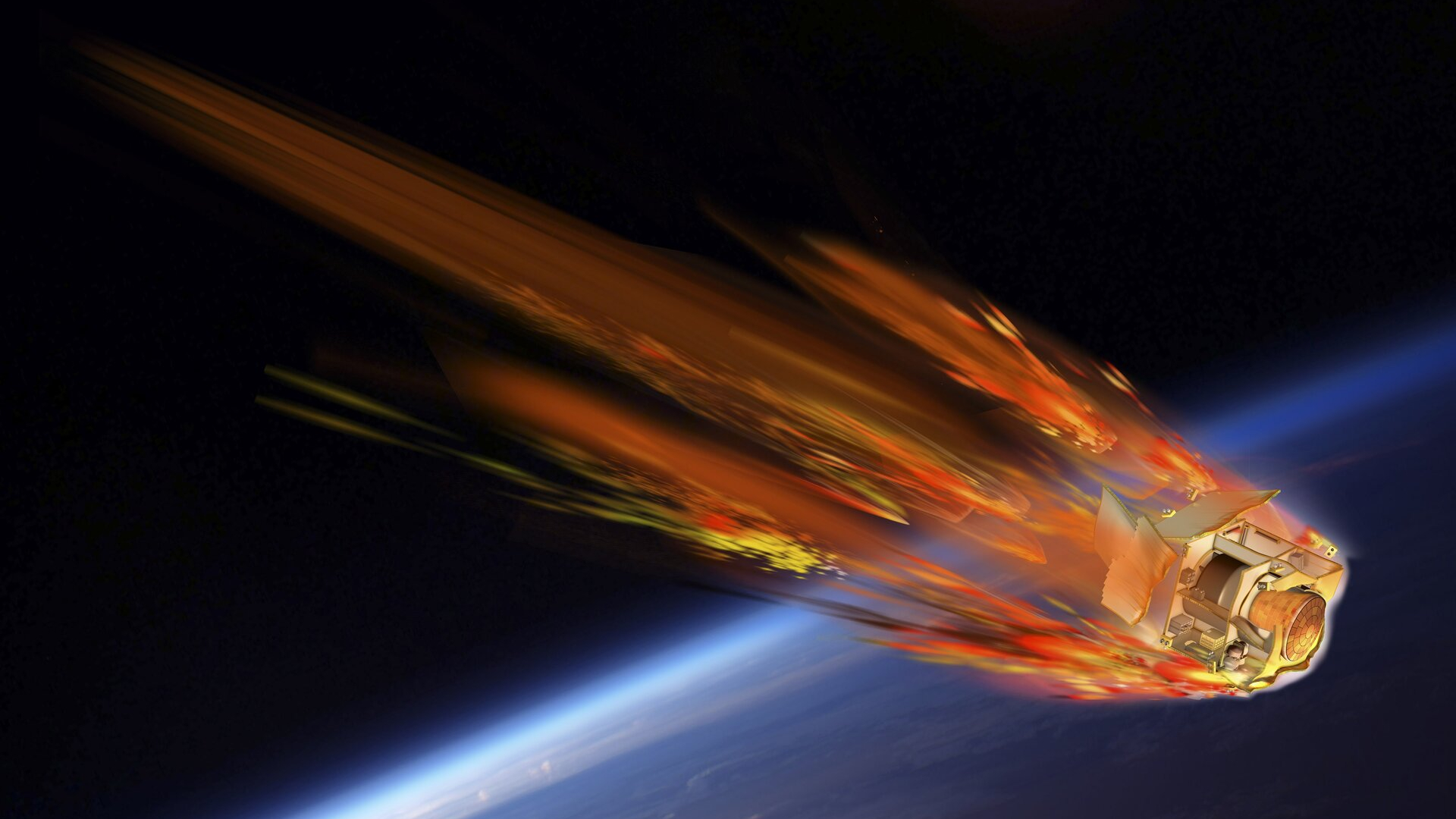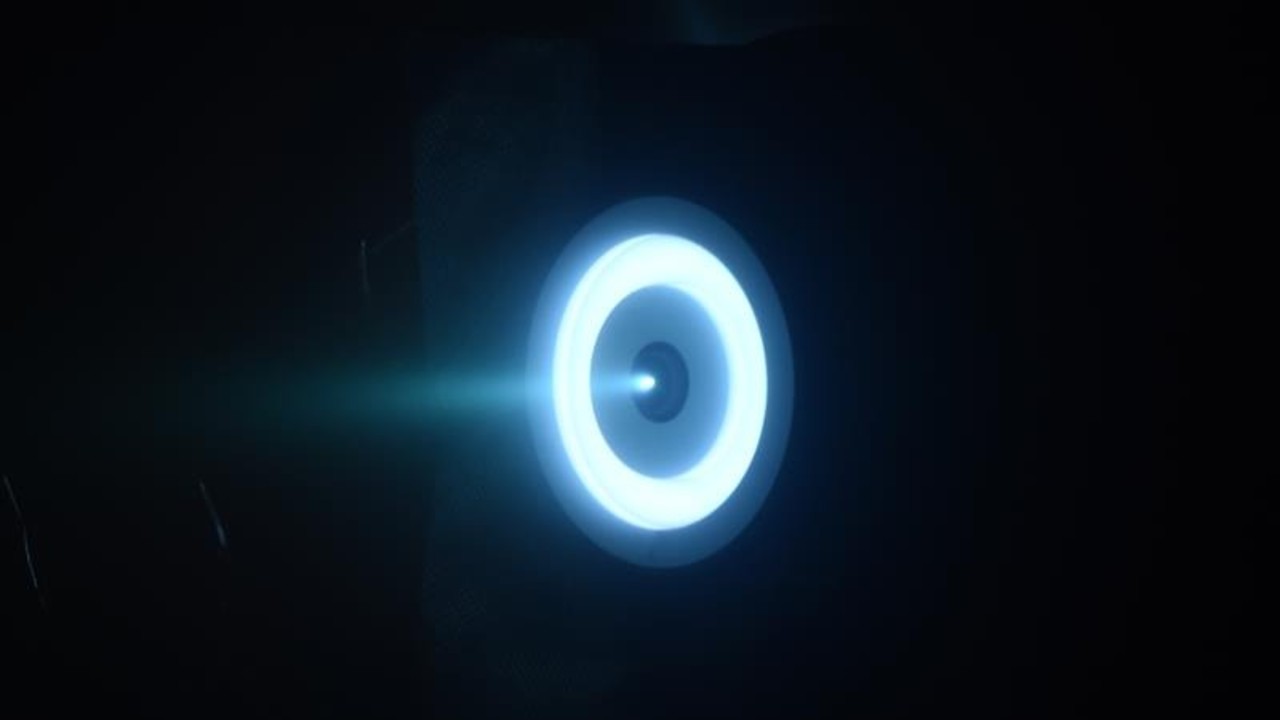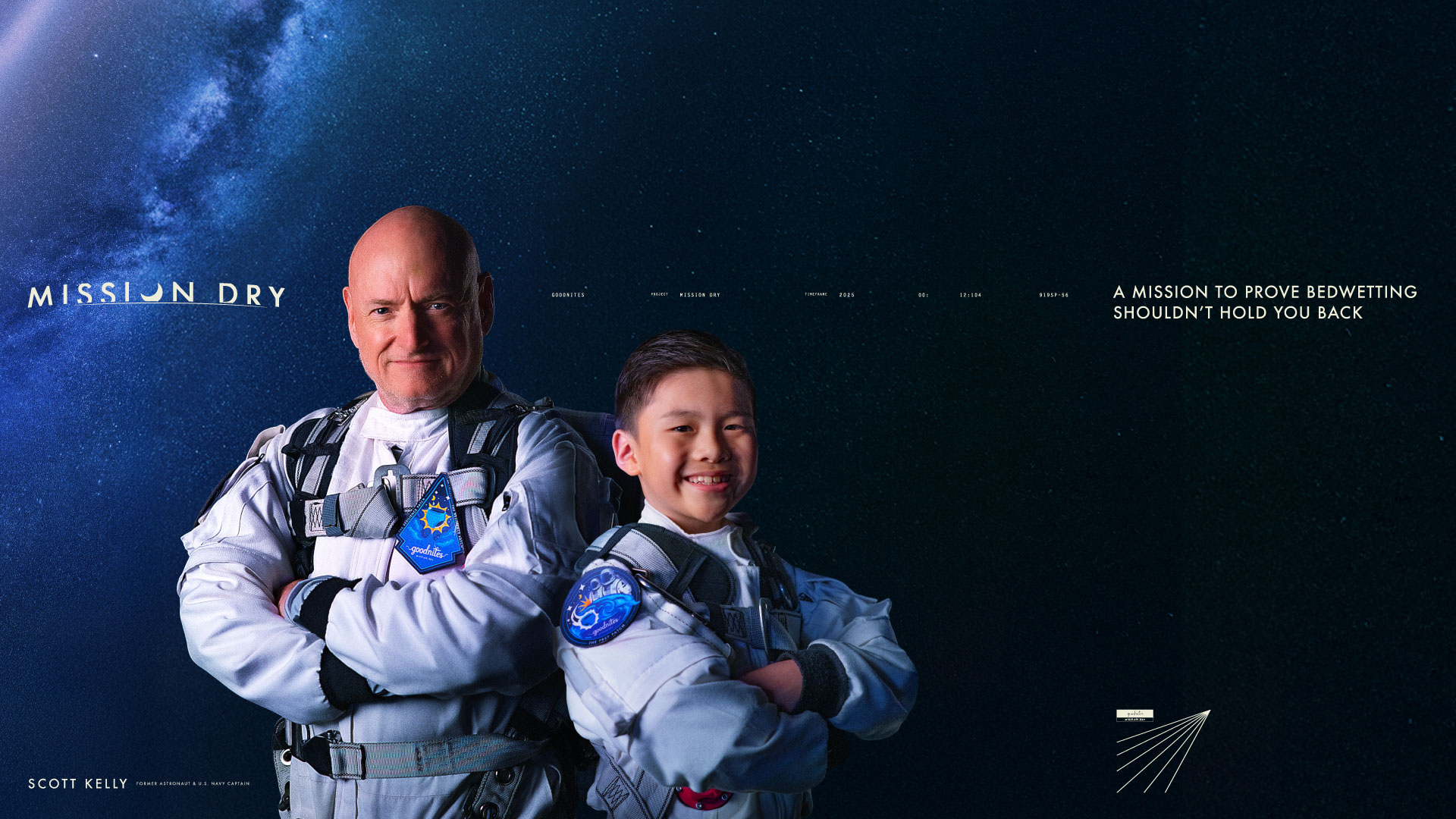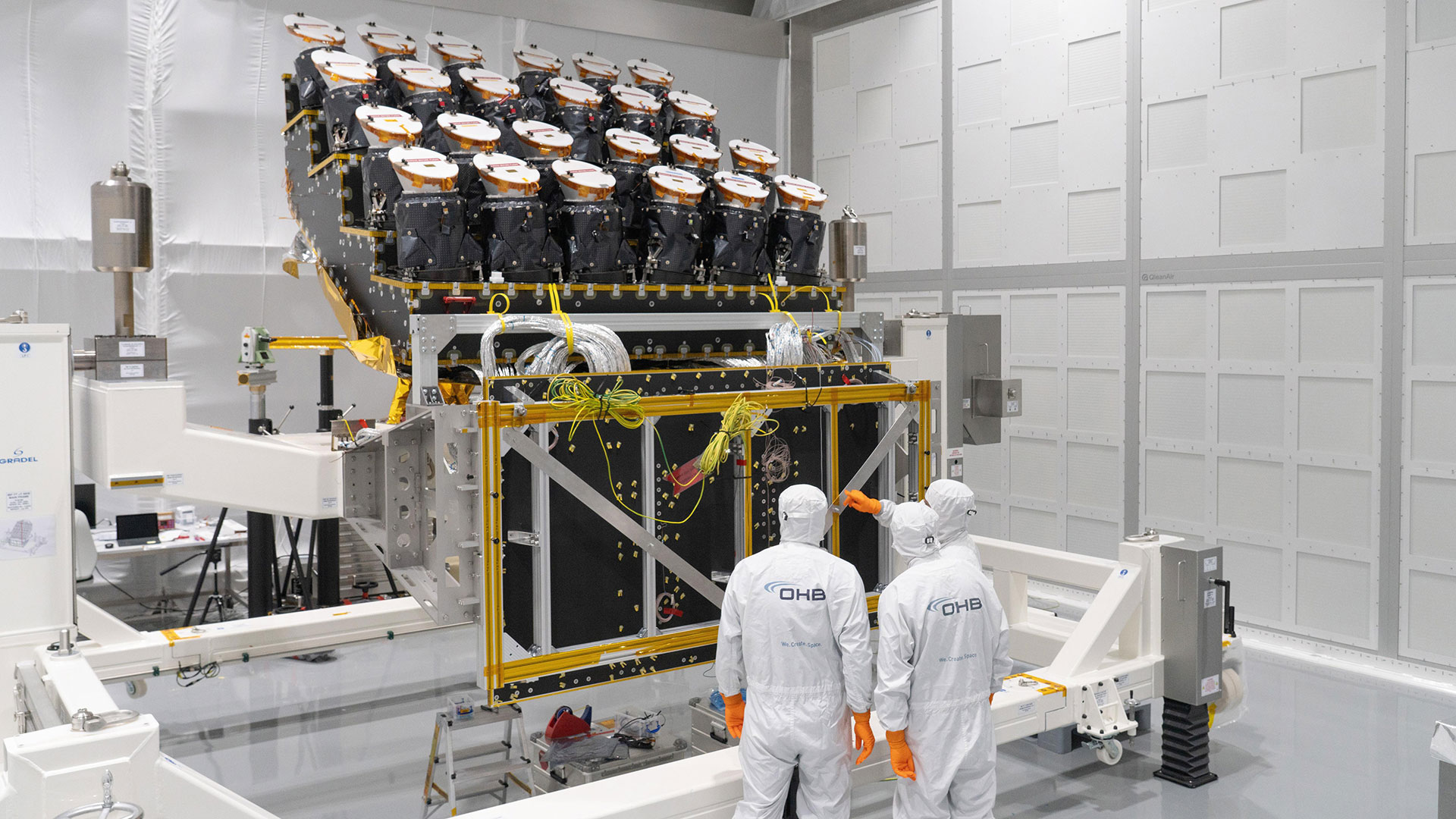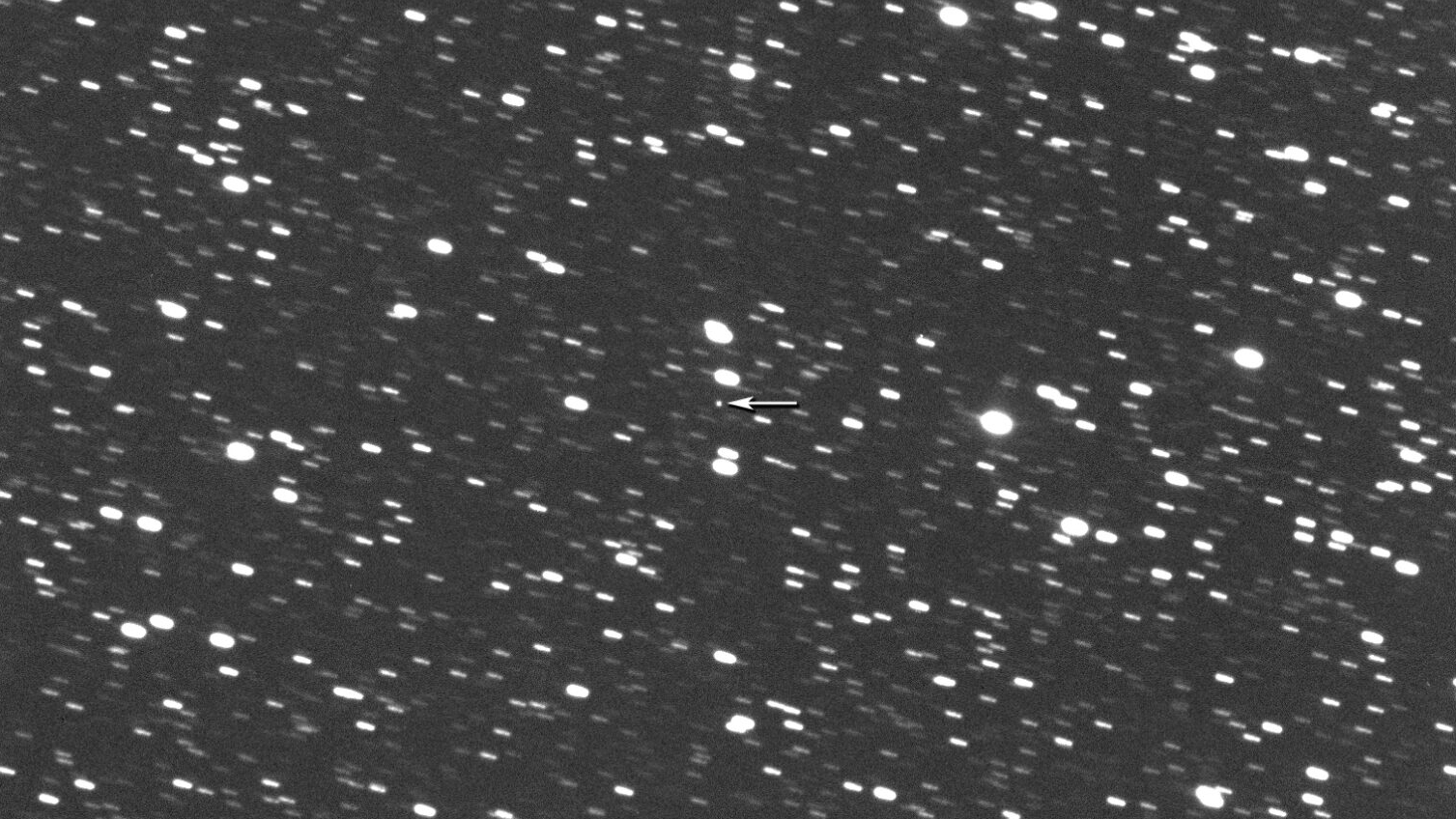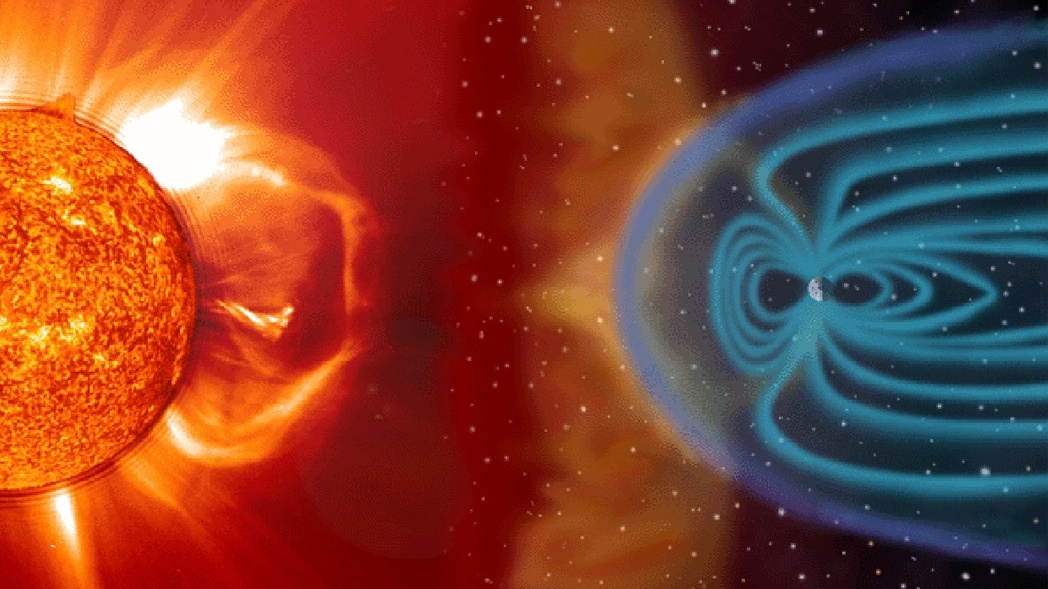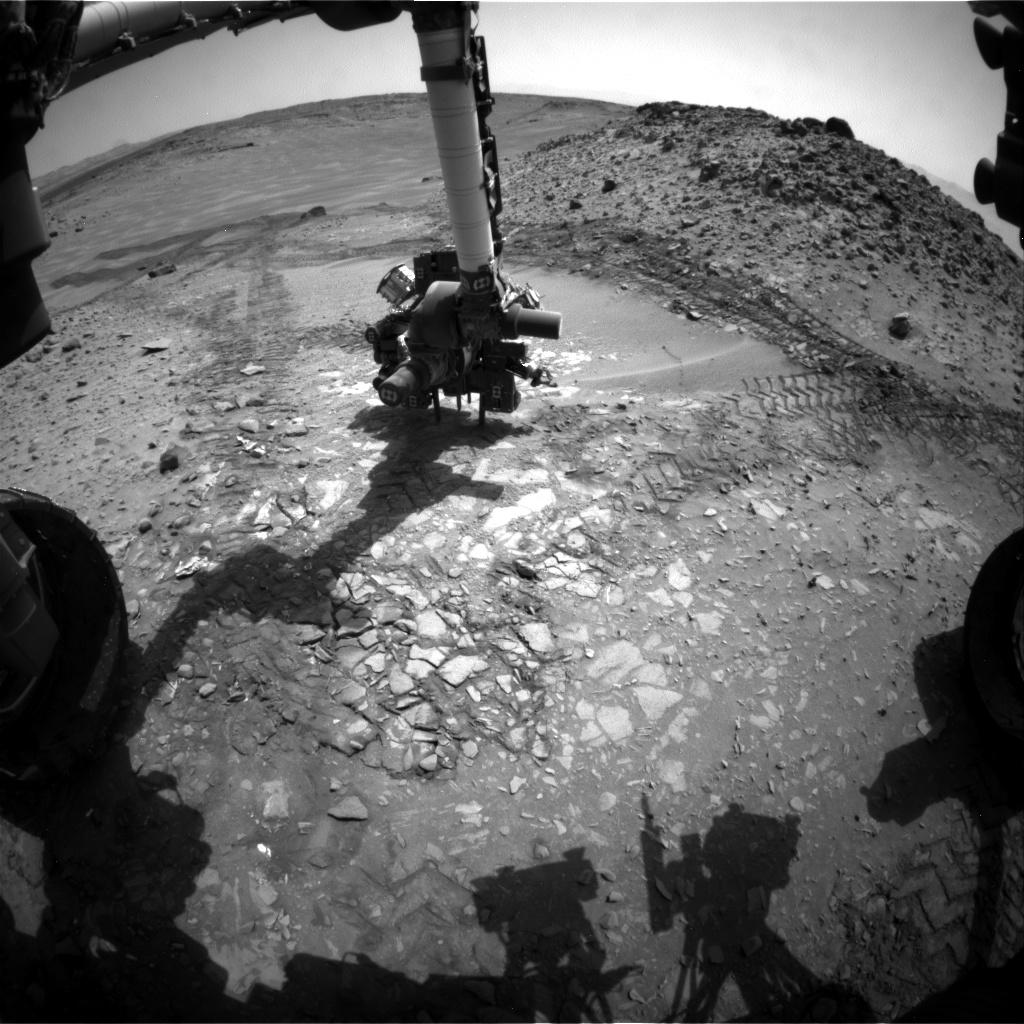
NASA's Mars rover Curiosity has passed up a potential drilling target and instead resumed the long trek to a huge Red Planet mountain.
Mission team members had been considering drilling a Mars rock dubbed "Bonanza King" but scrapped the idea after pre-drilling activities suggested that the stone is not stable enough, NASA officials said.
"We have decided that the rocks under consideration for drilling, based on the tests we did, are not good candidates for drilling," Curiosity project manager Jim Erickson, of NASA's Jet Propulsion Laboratory in Pasadena, California, said in a statement. "Instead of drilling here, we will resume driving toward Mount Sharp."
Mount Sharp rises more than 3 miles (5 kilometers) into the sky from the center of Mars' Gale Crater. Mission scientists want Curiosity to climb up through the mountain's foothills, reading a history of the planet's changing environmental conditions as it goes.
The 1-ton Curiosity rover has been rolling toward Mount Sharp since July 2013. The six-wheeled robot still has about 2 miles (3.2 km) to go before it reaches its targeted entry point near the mountain's base; Curiosity should get there by the end of the year, mission officials have said.
The road to Mount Sharp has been anything but smooth. Rough terrain has taken a toll on Curiosity's metal wheels, obligating the robot's handlers to search for a smoother, less punishing route through Gale Crater.

"After further analysis of the sand, Hidden Valley does not appear to be navigable with the desired degree of confidence," Erickson said. "We will use a route avoiding the worst of the sharp rocks as we drive slightly to the north of Hidden Valley."
Get the Space.com Newsletter
Breaking space news, the latest updates on rocket launches, skywatching events and more!
Curiosity has drilled into three rocks since touching down on Mars in August 2012. Analysis of samples collected during the first two drilling operations allowed mission scientists to determine that a region near Curiosity's landing site called Yellowknife Bay was a lake-and-stream system that could have supported microbial life billions of years ago.
Follow Mike Wall on Twitter @michaeldwall and Google+. Follow us @Spacedotcom, Facebook or Google+. Originally published on Space.com.
Join our Space Forums to keep talking space on the latest missions, night sky and more! And if you have a news tip, correction or comment, let us know at: community@space.com.

Michael Wall is a Senior Space Writer with Space.com and joined the team in 2010. He primarily covers exoplanets, spaceflight and military space, but has been known to dabble in the space art beat. His book about the search for alien life, "Out There," was published on Nov. 13, 2018. Before becoming a science writer, Michael worked as a herpetologist and wildlife biologist. He has a Ph.D. in evolutionary biology from the University of Sydney, Australia, a bachelor's degree from the University of Arizona, and a graduate certificate in science writing from the University of California, Santa Cruz. To find out what his latest project is, you can follow Michael on Twitter.
